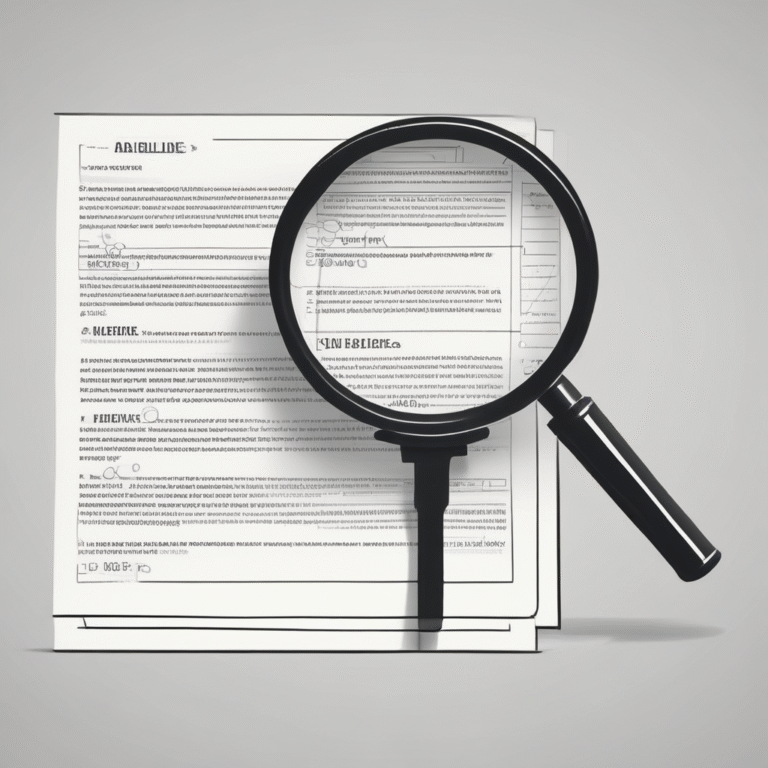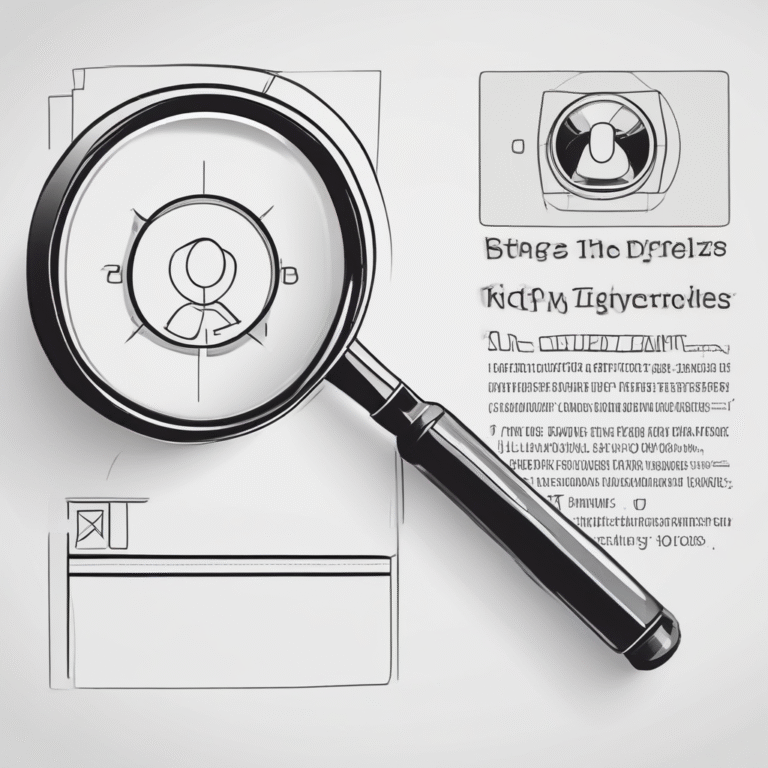EU Commission’s Preparedness for AI Standards Delays
The European Commission is poised to take action should there be delays in the technical standards necessary for companies to demonstrate compliance with the EU AI Act. A spokesperson for the Commission indicated the possibility of providing alternative solutions if these standards are not finalized on time.
Current Status of AI Standards
According to recent reports, the primary bodies responsible for drafting the standards under the AI Act, namely CEN-CENELEC, are currently behind schedule. Initially, these standards were expected to be ready by August 2025, but have now been pushed back to 2026.
Regrettably, this delay may pose challenges for companies striving to meet compliance requirements. The spokesperson, Thomas Regnier, outlined the Commission’s readiness to consider temporary measures to support providers in maintaining compliance amidst these setbacks.
Implications of Delayed Standards
The AI Act aims to regulate high-risk applications of artificial intelligence, ensuring that products and services are safe and trustworthy. However, it is important to note that the standards drafted are not mandatory. Providers can still develop high-risk AI systems even in the absence of these standards.
Nonetheless, having these standards in place is deemed crucial. Regnier emphasized that they will significantly facilitate compliance efforts for providers, making adherence to the regulations more manageable.
Next Steps in the Standards Development Process
As the year progresses, the first drafts of the standards are expected to be released. These drafts will undergo a rigorous process of editing, assessment by the Commission, and will require consultations and votes before they can be finalized.
The AI Act became applicable in August 2023, with full implementation anticipated by 2027. The Commission’s proactive approach aims to ensure that both providers and conformity assessment bodies are adequately prepared ahead of the legal requirements coming into effect, particularly those set for August 2026.
Conclusion
In summary, the European Commission’s readiness to implement alternative solutions highlights the importance of timely standardization for AI technologies. As the landscape of AI regulation continues to evolve, the emphasis remains on ensuring safety, trustworthiness, and compliance in high-risk AI applications.










